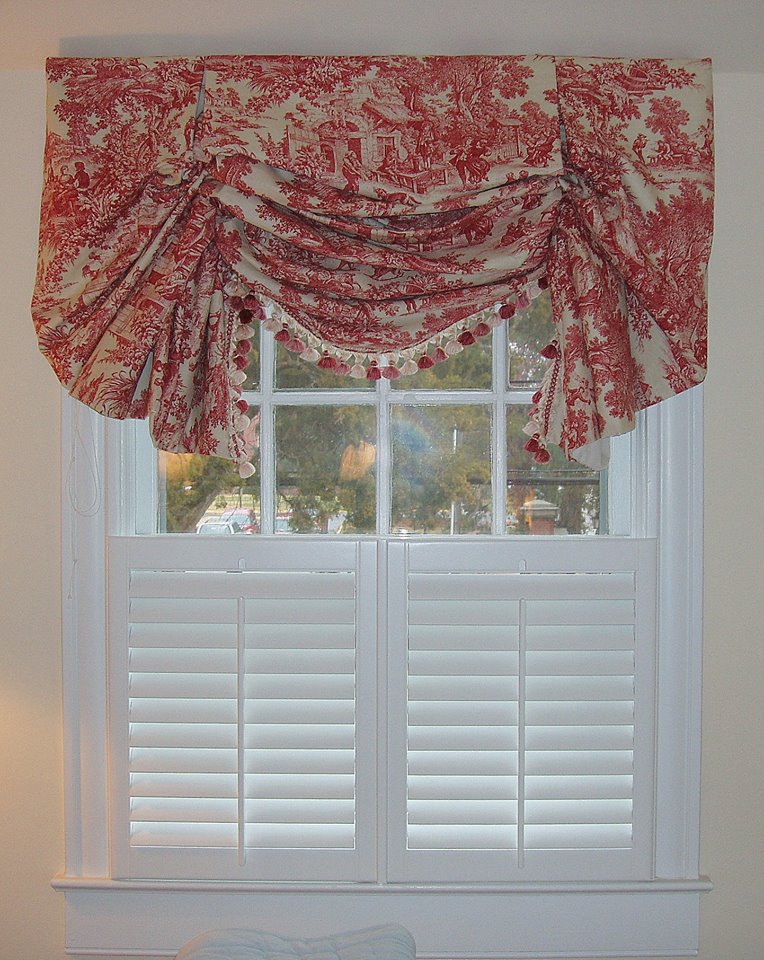
The history of plantation shutters is long and rich, which is why it’s so common to spot all-wooden plantation shutters inside the homes of residents across the historic cities of Baltimore, Richmond, Washington, D.C, and their many surrounding areas. Our service areas are filled with history and this window treatment fits seamlessly into the stories of these towns.
Plantation Shutters: From Ancient Greece to the American South
You might assume that plantation shutters began in the American south, with the name plantation shutters bringing to mind elaborate mansions. In fact, shutters, as a whole, actually go as far back as ancient Greece. These shutters were purportedly mostly made of stone and marble, neither of which was nearly as effective as the eventual all-wooden shutters would soon prove to be. These materials, of course, didn’t allow for the kind of louver movement and overall flexibility that wood does.
The purpose of shutters back then was more practical than aesthetically pleasing — they were meant to help control the intensity of the sunlight and to protect residents from the naturally windy and stormy tropical elements, as well as the many other unpleasant possibilities living outside the walls of a home, from bugs to invaders. Shutters were also valuable for their ability to provide comfortable ventilation and privacy in a time when there simply weren’t many other options, save for perhaps a piece of cloth fabric.
Shutters quickly became popular outside of ancient Greece, spreading to all parts of the Mediterranean and Europe. For a long time, glass was expensive and hard to come by, so wooden shutters were really just that — solid pieces of wood that covered the holes in the home that what would one day come to be known as windows. Eventually, during the tudor era in England, glass was used in the upper part of the window, while a wooden shutter covered the bottom half to cut down on the cost of the glass (similar to the café shutters of today, with a plantation shutter on the bottom and a valance covering on top).
As homes began adding glass more readily and completely, resembling the windows that we recognize today, shutters began to serve a more decorative function alongside their earlier uses. Shutters became known as much for their beauty as for their practicality. Their design changed as well, particularly beginning in Europe, where even royalty had taken up the shutters (rumor has it that Louis XIV of France enjoyed the ability to secretly peek through his 17th century version of plantation shutters). More narrowed slats and much larger louvers were popularized there.
Plantation shutters made their way into the United States by way of Spain, and they were instantly loved by the 19th century owners of large, stately Southern mansions, giving them their familiar name. These plantation shutters had wider slats than their English counterparts, were typically white shutters, and were especially prized for their ability to protect residents from the hot Southern summers. This association with upper class, grandiose homes has led to today’s view of plantation shutters as a sophisticated addition to a living space, which is fascinating considering that these shutters actually first began as a low-cost way to protect a home! Plantation shutters now dominate windows across all regions of the United States, with elegance, charm, and a wide variety of types of plantation shutters available. An ageless window treatment, plantation shutters are as appreciated now as they were centuries ago.
Improvements in Plantation Shutters
Just like the plantation shutters of old switched from marble to wooden material and eventually added slats of differing sizes, today’s plantation shutters are more versatile than ever, with plantation shutters custom made to fit the many different windows that outfit homes today.
For your French door, for instance, Shenandoah Shutters offers a shadow box option that attaches to the door. For a sliding glass door, a slider allows for appropriate movement. At Shenandoah Shutters, we even created our own update to the traditional plantation shutter with our original Softedge design. This design is perfect for tilt-ins and casements, window styles that in the past have made home owners pause before deciding on plantation shutters. With the Softedge, the hinges of your plantation shutters are fully concealed behind the panels when closed. No extra, heavy installation materials required. With this patented design, plantation shutters are truly and cleanly accessible for every window. You can even choose your louver size and shape.
The History of Plantation Shutters Continues Into the Present
Plantation shutters may have evolved over time, but their ability to provide a home with the highest quality window treatment has not changed. Plantation shutters are timeless, with the same elegance and functionality that they’ve had for centuries, but with a dash of the originality that only comes from selecting an expert plantation shutter crafter. They are the easiest window treatments to clean and maintain, with a simple dusting using gentle cloth usually sufficient. They are also extremely durable and built to last. While plantation shutters are now routinely made using materials like vinyl, plastic, or faux wood, nothing compares to the strength and authentic beauty of the same real, true wood that has formed plantation shutters for generations and across the world.
At Shenandoah Shutters, we take the beauty of this ancient shutter as far as it can go. From our choice to use only the finest American woods in our Richmond woodshop, including yellow poplar and basswood, to our hand-finished louvers, silken lacquer finish, and adjustment-free tension system, you can be certain that your all-wooden plantation shutters are an investment for your house as the only window treatment that adds value to your property. In fact, we even offer a 100-year transferable warranty on the plantation shutters and a 25-year warranty on our lacquer finish, so that you can really have peace of mind that you’ve chosen the ideal window treatment. Contact us today to add this remarkable piece of history to your home.
